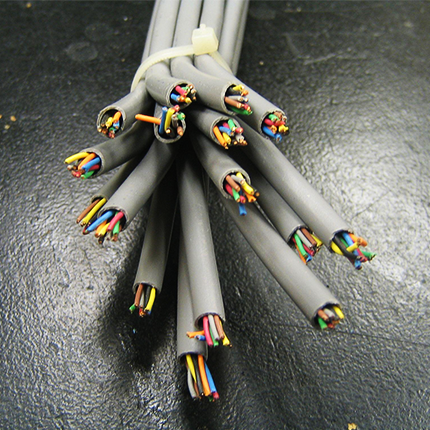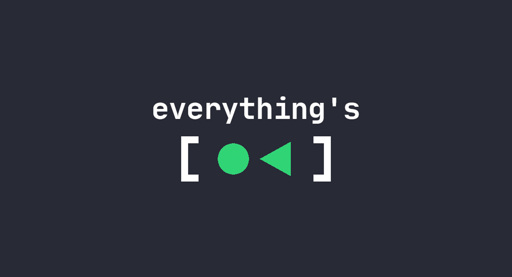Adguard is a very large data mining operation. You’ll eventually figure that out.
- 15 Posts
- 72 Comments
Yeah that extension should be shipped with the browser to make things easier.
That’s not Ungoogled Chromium, at all. Not even close.
I believe its this: https://lemmy.world/post/32106925/17916457
The only problem with Ungoogled that makes it “not ideal for a normal human” is that fact that it is still cumbersome af to download it. Regular people don’t know github and how to click on “show all assets” and pick the right build.

 2·20 days ago
2·20 days agoEven that command wont really disable ALL animations.

 912·21 days ago
912·21 days agoSure, can they consider stopping wasting money / time actually develop useful stuff? For a DE that got €1M from the Sovereign Tech Fund they’re not showing results.
Okay fine, desktop icons can be a design decision, however a “disable animations” toggle on the settings that doesn’t disable ALL animations… that’s just poorly made software, not something you may have an opinion on.

 41·21 days ago
41·21 days agoAnd to add to all of that the user experience is bad.

 1222·21 days ago
1222·21 days agoYes, systemd is a very good and very well written piece of software while GNOME is a pile questionable decisions that uses web tech to create themes and takes about half a second to load up any window. Also the same pile where you’ve to use 3 different network management UIs to get stuff done. And… where you can’t have desktop icons because they were too hard to get done properly OR where you can’t have a “disable animations” toggle on the settings to actually disable ALL animations instead of just some stuff while leaving others arounds.

 132·21 days ago
132·21 days agoFinally, because nobody needs to manage system like it’s the 2000’s nor have duplicate daemons around to do stuff that systemd does in 1/4 of the resources and with less bugs.

 26·28 days ago
26·28 days agoI don’t really get this type of “media” bullshit articles. Yes, Windows is becoming progressively worse with more annoyances but you also have more simple to use tools than ever to disable those annoyances in bulk.
For the average user is far simpler to just run W10 Privacy, CTT or some other tool to disable all the annoying Windows features than it is to move to Linux and face all the major pain points people usually have around software compatibility and missing xyz very specific that isn’t really the same thing under Linux.
There you go, fixed the Windows problem for you in a few clicks, no need to download an entire new OS and complain afterwards.

 51·28 days ago
51·28 days agoAt least archive.today actually works to bypass paywalls… and provides content quickly. archive.org is massive and cool but it usually doesn’t contain snapshots from paid articles, it is also very very slow, US-controlled and the way you look for a snapshot and move the dates is painfully slow.
I don’t disagree with you but… it also provides a cohesive ecosystem of tools to manage linux. What we had before was a poorly integrated mess of smaller tools that was just too hard to maintain and sometimes use.
Besides not all systemd components come out of the box with the base binary, some have to be installed if you need them. And no, it doesn’t get in the way. :)
Incus OS
That will be the end of Proxmox. And I really hope it happens fast.
I know, but I can’t enable backports. Same goes for the risks with using the Zabbly and their dependencies.

 31·2 months ago
31·2 months agoLenovo brand new is bad, refurbished, well, you just want to have a bad time. This only applies to the new Chinese owned Lenovo, the IBM ones are fine in all possible states.
Trust me, at that point there won’t be any explaining possible :D
We’ve been burned by a lot of distros in the past and right now it all boils down to using Debian and RHEL, everything else mostly failed at some point or will not uphold the stability guarantees. Even containers with Alpine fucked us over once with the musl DNS issues and a few other missing parts…
Yeah, I did that in a system as well and seems to work, for for the others I’ll have to wait for the final release, too critical. I’m one of those guys who runs a lot of Debian because the risks of a distro like Ubuntu Server are way over what I can be exposed to.
Actually I’m waiting on Debian 13 to get Incus 6.0 LTS! Current machines with LXD 5.0 are starting to annoy me.








DNS0.eu is the new thing. Maybe also Control D Free DNS, Alternate DNS or if you want to go more hardcore LibreDNS. To be fair your biggest concern shouldn’t be only where you get your DNS from BUT also if it supports DoT and DoH - encrypting the DNS is more important for a lot people than actually using something other than Cloudflare or some other big company.